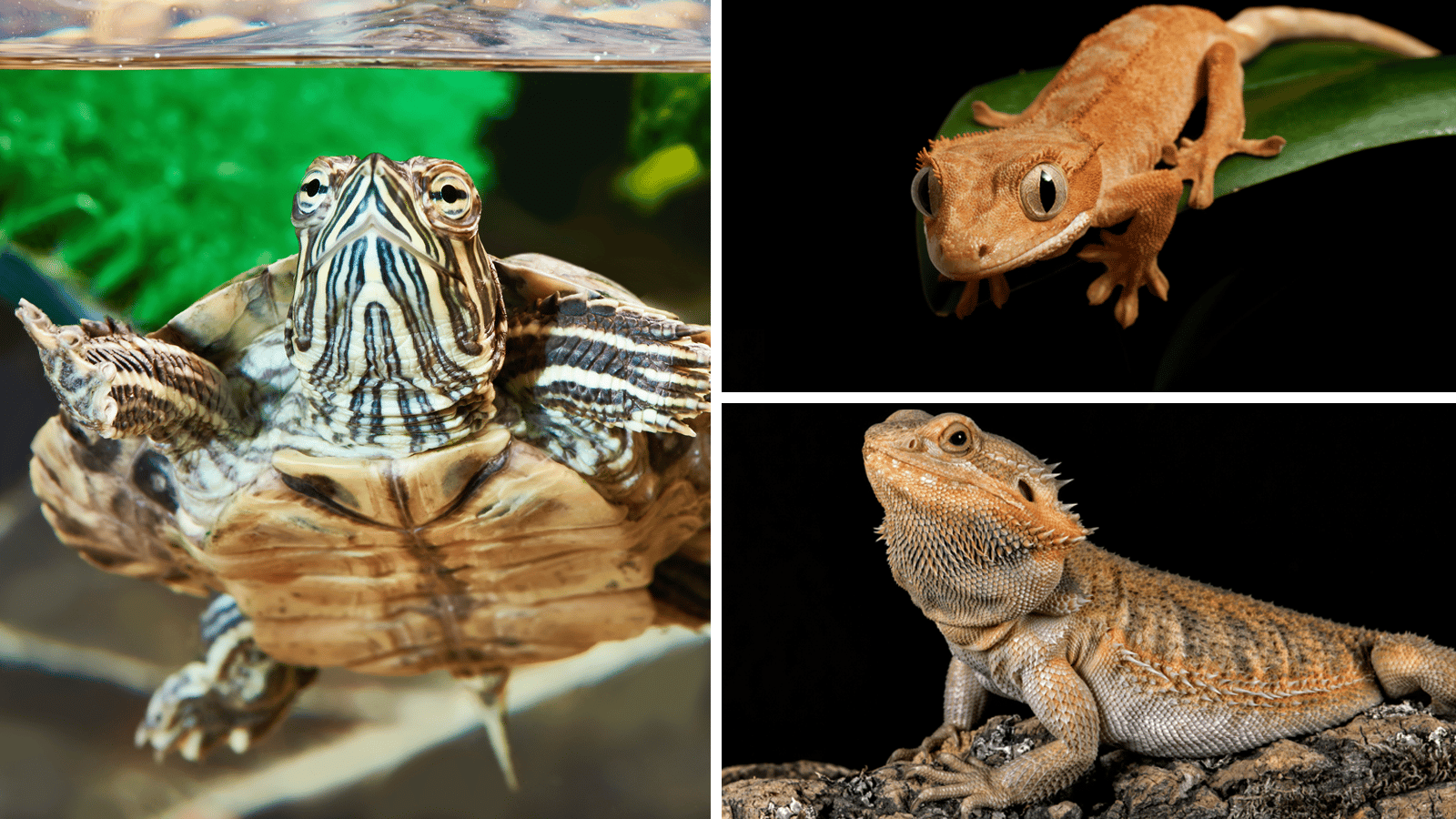There is no denying that having a ball python or a strawberry Pacman frog as a pet will make you stand out from the rest of your friends. That said, do reptiles and amphibians make good pets? The answer is yes and no. It all depends on what you are looking for in a pet and how much time you are willing to invest in the care and maintenance of the animal. Let us learn more about reptiles and amphibians and what you need to provide if you wish to have them as pets.
Reptiles vs Amphibians
Although reptiles and amphibians are often confused with each other, they have several differences. Generally, a reptile is a cold-blooded animal that spends most of its time on land while an amphibian is a cold-blooded animal that spends most of its time in the water. Most species of reptiles and amphibians lay eggs instead of giving birth to live young. They also tend to be less social than mammals, although some species are more sociable than others.
There are many different types of reptiles, including snakes, lizards, turtles, tortoises, and alligators. Aside from being cold-blooded, distinctive features of reptiles include scaly or bumpy skin, sharp teeth, and large feet. Some of them, such as crocodiles and tortoises, also have strong jaws with which they can crush the bones of their prey. To regulate their body temperature, reptiles sunbathe to get warm and hide under rocks to keep cool.
Unlike reptiles, amphibians do not have rough skin; their skin is smooth and moist. Examples of amphibians are frogs, toads, salamanders, and newts. They have a different set of features as well. These may include webbed feet or long tails for swimming. Most amphibians do not have sharp teeth and cannot chew their food. Instead, they swallow it whole. Amphibians typically live in hot climates and go for a swim or lie in the mud to avoid overheating.
Keeping a Reptile
Since reptiles are ectothermic, they need to be able to regulate their body temperature by moving between warm and cold zones. Your enclosure should be large enough to allow them to move about freely and have several areas that they can retreat to. A basking light should be placed at one side of the enclosure with shelters or big stones on the other side. This will create a temperature gradient that the reptile can easily thermoregulate in. The enclosure should be kept away from direct sunlight and drafts to prevent your reptile from getting too cold or too hot. A temperature dip overnight is fine if it is not too extreme.
Tortoises and turtles are mostly herbivores and are easy to feed in captivity. They enjoy vegetables like leafy greens and fruits. You can also give them treats such as mealworms or crickets occasionally. Lizards are omnivores so they eat a wide variety of insects and worms as well as eggs, fruits, and vegetables.
Most snakes are carnivores and need a high-protein diet made of up insects, rodents, and even small birds or frogs. Some snakes will only eat live prey. Many reptiles will not drink water out of a bowl. For these species, you should install a timer-based sprinkler system that sprays water onto the plants in the enclosure.
Keeping an Amphibian
Amphibians need to stay moist to keep from getting sick. Aquatic amphibians should be housed in an enclosure with plenty of water for them to swim in. Terrestrial amphibians should be given a shallow container of water. You can also add moisture to enclosures by adding humidifiers and water features, or by misting the enclosure often with a spray bottle. Incorporating organic substrates and plants can also help to increase the amount of moisture in the enclosure. Make sure that all the water you use is clean and free of toxins such as chlorine or pesticides that can cause health problems for your amphibian.
Amphibians mostly eat insects and other small invertebrates but there are a few species that feed on plants. Although you can provide a variety of frozen food for captive amphibians, live food is generally better. Earthworms, tubifex worms, fruit flies, mealworms, and crickets are good feed options. Some amphibians also enjoy live fish such as minnows or neonatal mice. You should provide plenty of opportunities for natural foraging by hiding food around the enclosure. Vitamin A, vitamin D3, and calcium supplements may be necessary to ensure that your amphibian has all the necessary nutrients to stay healthy.
Handle With Care
Aside from ensuring that you can keep your reptile or amphibian pet in a healthy environment, you must consider how much handling your potential pet will accept. Although some reptiles and amphibians enjoy being handled, most prefer to be left alone. Too much handling may cause problems for amphibians who have sensitive skin. You may also get bitten in self-defense if your pet feels threatened. Therefore, if you are looking for a cuddle partner, a reptile or amphibian may not be the best choice.
Before you get a pet, make sure that you can provide the proper care for their needs. Although reptiles and amphibians can be cool and cute, they can easily get sick or die in poor captive conditions. Choose wisely before you bring home a new reptile or amphibian pet!

